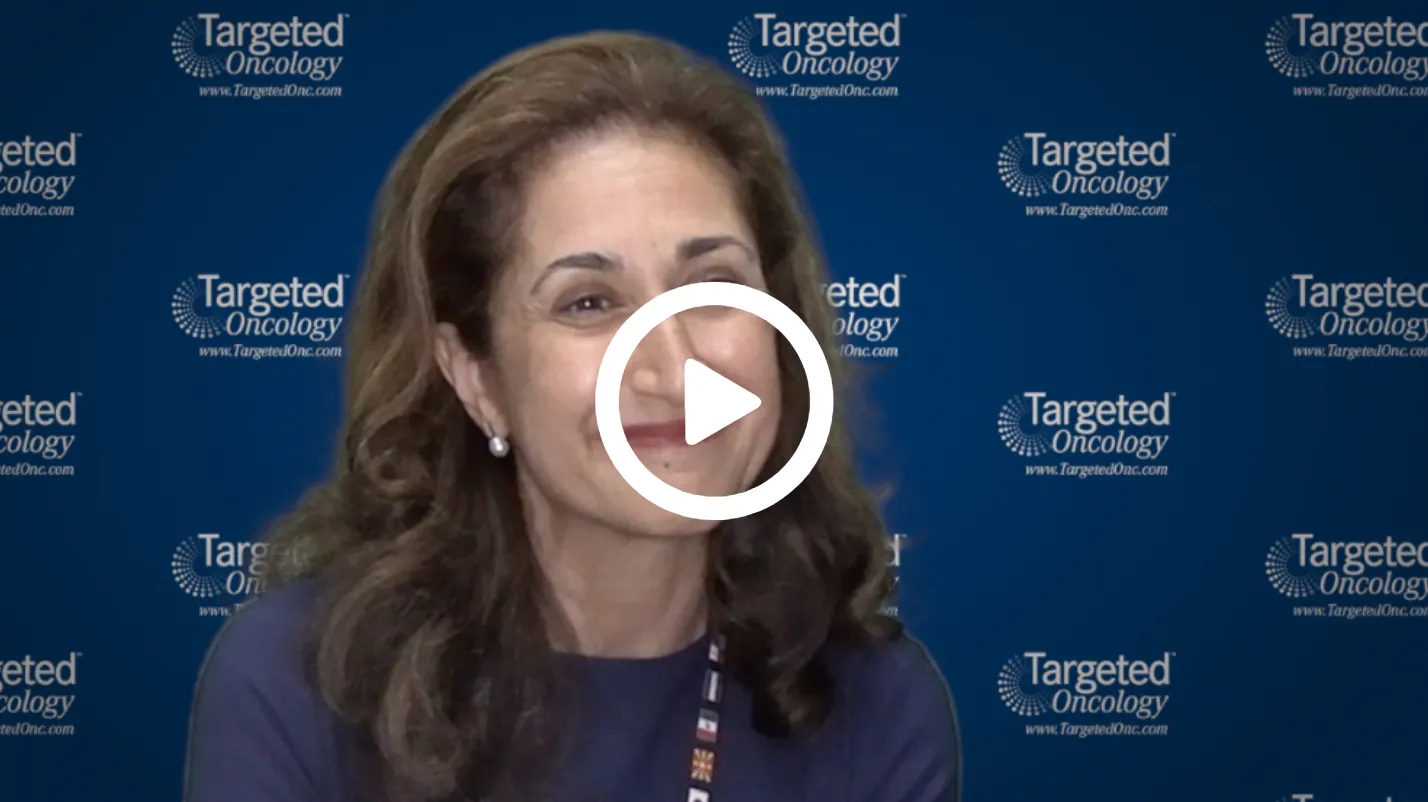Exploring Innovations in GVHD Prevention for Cancer Patients

Cancer and GVHD: A New Frontier
Cancer treatment has evolved significantly, with advancements in outpatient care and preventative measures making a huge impact on patient outcomes. Partow Kebriaei, MD, from MD Anderson Cancer Center, discusses the importance of graft-vs-host disease (GVHD) prevention in stem cell transplantation.
Breakthroughs in GVHD Management
Recent innovations, particularly the use of post-transplant cyclophosphamide, have greatly reduced the risk of GVHD, allowing for safer transplants using mismatched donors.
Identifying Candidates for Transplant
- Availability of a donor
- Patient’s health status
In 2024, it’s become clear that most cancer patients now have available donors. Moreover, highly effective immunotherapies are enabling a significant number of patients with acute lymphoblastic leukemia (ALL) to qualify for transplants post-therapy.
Positive Outcomes and Future Directions
This chemotherapy-free regimen leads to lower treatment-related mortality rates and improves overall survival rates among cancer patients. Our growing challenge is to ensure we are transplanting the fittest patients possible.
This article was prepared using information from open sources in accordance with the principles of Ethical Policy. The editorial team is not responsible for absolute accuracy, as it relies on data from the sources referenced.